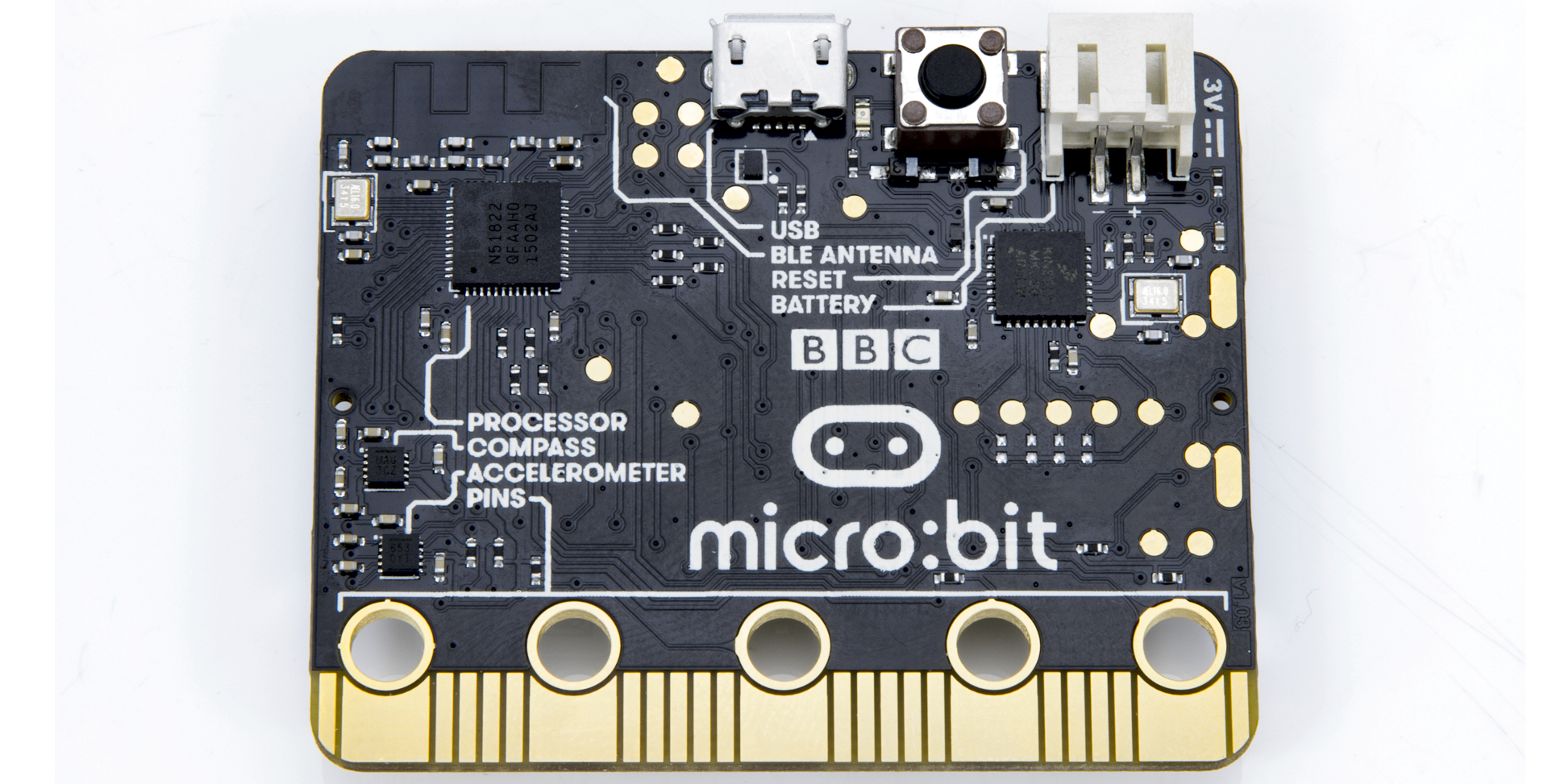Diversity in tech is a well-trodden path, but change is painfully slow
IT leaders have a big role to play in changing attitudes to diversity and inclusion, but not all of them step up to the challenge

I feel like having a rant; an educated and observed rant but a rant nonetheless. The good news is that I’m fully aware of how futile ranting is without also offering solutions.
I can’t imagine anyone reading this will not have come across the phrase “diversity and inclusion” over the past 18 months. The extent to which the business world has identified the need for greater diversity has accelerated exponentially and every organisation that wants to remain relevant is now (or at least should be) on a journey to become more inclusive.
Saying that, how much has really changed? What impact have all these *good intentions* and *great conversations* had on the working experience of marginalised groups?
Diversity in tech is a well-trodden path, both the needs and the challenges are there for all to see, but again change is painfully slow. Working with leadership teams I meet with a variety of people with a variety of job titles, some of which occupy senior technical roles from CTOs to engineering heads to lead architects and I’ve noticed a worrying trend amongst this part of the organisation.
Tech leaders need to stop being passengers
Not enough is being done and too often external factors that are beyond one's immediate control are used as easy and lazy excuses for the lack of progress, such as Brexit and COVID-19. The culture within technical departments is often less than ideal. Problematic banter and microaggressions often exist beneath the service. Efforts to change are undertaken with a performative air of compliance rather than real belief.
To cap this all off, too many leaders in technical roles don't involve themselves in the motivational reasoning of this work and subsequent strategy. This is usually left to other “more people-focused” departments, because, for tech leaders, “the day job is what really matters”. And yes, that’s a real quote.
Let’s deal with the excuses first, I’ve heard all of these in the past 12 months. Why does tech still lack diversity?
Get the ITPro daily newsletter
Sign up today and you will receive a free copy of our Future Focus 2025 report - the leading guidance on AI, cybersecurity and other IT challenges as per 700+ senior executives
- The talent just isn’t out there
- They don’t apply for the roles
- It’s because of the education system
- The local area is not very diverse
- It takes too much time to hire people who are different
Now, I don’t doubt that there is some truth in these excuses and at surface level they seem perfectly valid reasons for a lack of progression. My response is usually: well, what did you expect? This isn’t a quick fix type of issue. You don’t decide one day to make your organisation more inclusive and the next day it’s done. Treat the barriers like you would treat any business problem, don't just give up and say it's “too hard”. Instead, here are my own bullet points:
- Be honest about the reasons you’re doing this
- Set SMART objectives
- Budget appropriately
- Assign accountability and ensure this is felt
- Track and communicate progress
- Reward and recognise individuals who achieve
It does take time but it all stems from the first item in the list above. The organisations that I work with that get this right are crystal clear about the reasons they are choosing to focus on creating a more diverse and inclusive culture.
Is the tech industry still a boys’ club?
RELATED RESOURCE

Business value on AWS
Four key dimensions that will help to build a comprehensive business case for the cloud
The question is, are you still part of a boys’ club? To be more specific and purposefully provocative, a white, straight, cisgendered, able-bodied, university educated, middle class boys’ club. Now I know plenty of people with differing identities than those I just mentioned work within the sector, but who feels most at home? Who feels most comfortable? Who is the majority? Who is catered for most? Who sees people like them in the roles they aspire to? Crucially, who occupies the most senior roles?
The majority set the day-to-day culture where banter and jokes pass the time. What is harmless fun for some can make others feel excluded, marginalised and even persecuted.
The same is true for microaggressions. If you’re not sure what I mean by microaggressions, the Merriam Webster dictionary definition reads: “A comment or action that subtly and often unconsciously or unintentionally expresses a prejudiced attitude toward a member of a marginalised group”.
There are many types of microaggressions and they are often specific to a particular marginalised group. In typical male-dominated spaces, women face routine objectification or have assumptions made about their capability based on their gender. Disabled people face microaggressions on a day-to-day basis whether it’s people linking a physical disability with intelligence or simply holding a meeting in a non-accessible room. People of colour will be familiar with a range of microaggressions. As someone with brown skin, one microaggression that I have experienced frequently is the following interaction:
Stranger: Where are you from?
Me: I’m from London
Stanger: No, where are you really from?
To translate – you can't possibly be from London because you’re not white. When this happens for the first and second time, you’ll probably answer the questions they’re really asking – about my family heritage and history. When this happens again and again, it makes you feel like an outsider and that you don’t belong here. Rather than explicit and socially unacceptable racism it's more death by a thousand cuts.
In the not-too-distant past, I hosted a diversity and inclusion workshop for an organisation and microaggressions came up as a discussion point. I shared the “where are you really from” personal experience and the founder no less felt the need to question my experience and defend all the individuals that have ever said this to me.
Consultants tip: When someone from a marginalised group tells you they have been subjected to a microaggression, believe them.
I can tell you from experience that if you haven't done the work to educate people of what microaggressions are, what the impact is and what you should do – they will be present in your business every day. If inappropriate banter or microaggressions exist then any efforts to diversity a team are wasted. The culture will drive away anyone who doesn’t fit in with the majority,
Now, no-one wants to be the fun police and strip all humanity from the workplace so that is why there is a huge importance to educate and train. So many issues stem from a lack of self-awareness and lack of appreciation of the impact actions might have on others.
Ticking the box
Perhaps the most damaging and challenging issue I’ve seen concerns performative attitudes towards greater diversity and inclusion resulting in tokenistic actions.
Rarely have I seen tech departments or tech leaders be prominent in the diversity and inclusion conversation within the wider organisation. More often, I’ve witnessed these departments receive instructions and then follow them because of compliance rather than any true belief. Efforts to diversify teams are done for the optics and any change is surface level.
To really succeed here, to create sustainable change you need to have a full understanding of your motivation for this work. This needs to be factored into the objectives and strategy so in those tough times (and there will be tough times) rather than turning to the easy excuses your base level motivation will keep things going.
For the individuals I’ve worked with, I’ve seen numerous motivational elements combine to make this work sustainable. Broadly speaking, there are three main areas to explore:
Moral and social imperative
Start with acknowledging that there are inequalities in this world and don’t accept this state of affairs. Driven by empathy and selfless actions, this should be the foundation of your motivation.
Business and commercial necessity
Future talent, product diversification, customer and client expansion, innovation and creativity – all are aided by greater workforce diversity. Sometimes motivation to pursue greater diversity and inclusion needs to be supported by the fact that it drives the bottom line.
Personal connection
How are you and the people you care about affected by inequality and discrimination? Exploring personal connections can often give the resolve and passion needed. My recommendation is to explore all three of these motivational factors and detail, with specifics, your particular motivational mix.
Raising IT voices
All sounds easy right? There’s still a hurdle to clear, one that I’ve seen evidence of in the majority of organisations that I’ve worked with (with the exception of those that are part of the tech industry). This hurdle is another form of inequality, albeit one less associated with an individual's core identity.
All too often I’ve seen senior tech voices in organisations ignored, downplayed and excluded when it comes to strategic conversations that cut across the whole business (such as diversity and inclusion). Within most organisations there exists an unspoken departmental hierarchy, where some departments and their leaders have more influential voices and perceived importance than others. Usually, it’s the client or consumer-facing roles, the revenue generating roles and the creative roles that have this privilege. Operational and service departments are often incorrectly seen as lesser.
To counter this bias sometimes you’re going to have to shout a little louder and force your way into conversations. Another approach to take is to demonstrate success and progress in your own department, which can be a blueprint to success elsewhere in the organisation.
I want to finish off with a request, or a call to action of sorts through guided reflection. Take a moment to think about a time when you were excluded at work; maybe it was for a moment, maybe it was for much longer. Hold that thought. How did it make you feel? What happened? How did it affect your performance? Now think about if *being excluded* was a challenge you faced every single day.
Do something about this, explore your own motivations for a more diverse and inclusive workplace and crucially follow through with actions.
Rant over.
Gary is the co-founder of Project 23, which helps organisations build diverse and inclusive cultures. You can follow Gary on Twitter.
-
 Bigger salaries, more burnout: Is the CISO role in crisis?
Bigger salaries, more burnout: Is the CISO role in crisis?In-depth CISOs are more stressed than ever before – but why is this and what can be done?
By Kate O'Flaherty Published
-
 Cheap cyber crime kits can be bought on the dark web for less than $25
Cheap cyber crime kits can be bought on the dark web for less than $25News Research from NordVPN shows phishing kits are now widely available on the dark web and via messaging apps like Telegram, and are often selling for less than $25.
By Emma Woollacott Published
-
 Welsh startups 'increasingly isolated' over lack of diverse funding routes
Welsh startups 'increasingly isolated' over lack of diverse funding routesNews Founders say Wales' chance to be one of the UK's leading tech ecosystems is being undermined by a lack of investment
By Ross Kelly Published
-
 What is WCAG and how do these guidelines power accessibility online?
What is WCAG and how do these guidelines power accessibility online?In-depth Experts urge a mentality shift, away from box-ticking compliance, to one that incorporates ease of use into the very fabric of web design
By John Loeppky Published
-
 UK gov opens £12m innovation fund to tackle cost of living crisis, regional inequality
UK gov opens £12m innovation fund to tackle cost of living crisis, regional inequalityNews Funding will enable regulators and local authorities to test and experiment with "bold and ambitious" approaches to the pressing issues of the day
By Bobby Hellard Published
-
 Two in three IT employers struggle to recruit staff with adequate digital skills
Two in three IT employers struggle to recruit staff with adequate digital skillsNews Three quarters (77%) of surveyed senior UK IT decision-makers claimed that they are currently facing a digital skills gap in their organisation
By Sabina Weston Published
-
 Primary schools to receive BBC micro:bits in digital literacy push
Primary schools to receive BBC micro:bits in digital literacy pushNews The initiative comes amid an "all-time high" shortage of talent in cyber security, big data analytics and technical architects
By Sabina Weston Published
-
 Lenovo to give £1 from every laptop sale to UK digital poverty charities
Lenovo to give £1 from every laptop sale to UK digital poverty charitiesNews Tech giant to support local authorities and charities with hardware and expertise
By Bobby Hellard Published
-
 Disabled IT professionals are building access for themselves
Disabled IT professionals are building access for themselvesIn-depth For visually impaired developers, the tools just aren’t good enough – so they’re taking matters into their own hands
By John Loeppky Published
-
 Australia allocates $6.7 million to advance women in STEM initiatives
Australia allocates $6.7 million to advance women in STEM initiativesNews Women make up only 28% of the country's STEM workers
By Zach Marzouk Published